Creating a vibrant and inviting outdoor space goes beyond just aesthetics; it’s about fostering a harmonious environment where wildlife, like the stunning bluebirds, can thrive. Bluebirds, with their captivating blue plumage and melodious songs, are a joy to behold in any yard. To attract these beautiful birds and encourage them to make your yard their home, incorporating specific plants can make all the difference. In this blog post, we will delve into eight plant species that not only add natural beauty to your surroundings but also act as magnets for bluebirds. From providing nourishing berries to offering safe nesting spots, these plants play a crucial role in creating a bird-friendly habitat. Discover how you can transform your yard into a haven for bluebirds and revel in the delightful sights and sounds they bring to your outdoor sanctuary.
Eastern Red Cedar (Juniperus virginiana)

The Eastern Red Cedar is highly valued by bluebirds for nesting due to its dense foliage, providing excellent cover and protection. Bluebirds often choose these trees or shrubs as nesting sites, especially appreciating the shelter they offer during harsh weather. The berries of the Eastern Red Cedar are a crucial food source for bluebirds, particularly in winter when other food options are scarce. Planting Eastern Red Cedars in your yard creates a welcoming habitat for bluebirds year-round, ensuring they have a safe place to nest and access to essential food sources.
Eastern Red Cedar, scientifically known as Juniperus virginiana, is a staple in the diet of bluebirds, offering both shelter and sustenance. Bluebirds prefer nesting in areas with ample cover and protection, making Eastern Red Cedars an ideal choice due to their dense foliage. During the colder months, when food is scarce, the berries of these trees provide a vital source of nutrition for bluebirds, helping them survive harsh winter conditions. By incorporating Eastern Red Cedars into your landscape, you not only enhance the beauty of your outdoor space but also contribute to the well-being of bluebirds.
Also Read- 7 BEST BIRD FEEDERS FOR HUMMINGBIRDS
Serviceberry (Amelanchier)
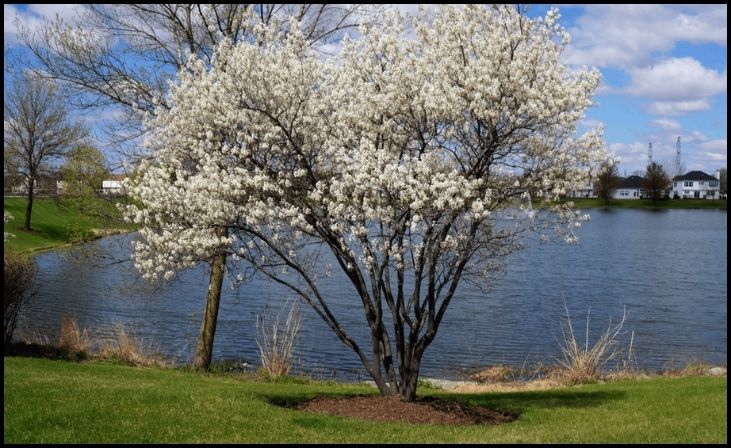
Serviceberries, also known as Juneberries, are attractive to bluebirds for their small, sweet berries and dense foliage. These shrubs or small trees not only provide food but also offer nesting sites and shelter for bluebirds. The dense foliage of serviceberries provides a safe environment for bluebirds to forage and rest, making them a valuable addition to bird-friendly landscapes.
Serviceberries, scientifically named Amelanchier, are prized by bluebirds for their delectable berries and protective foliage. These shrubs or small trees serve as both a food source and a nesting site for bluebirds, creating a habitat that meets their essential needs. The dense foliage of serviceberries offers shelter from predators and harsh weather conditions, providing bluebirds with a safe haven in which to thrive. Including serviceberries in your yard not only attracts bluebirds but also enhances the biodiversity and beauty of your outdoor space.
Elderberry (Sambucus)
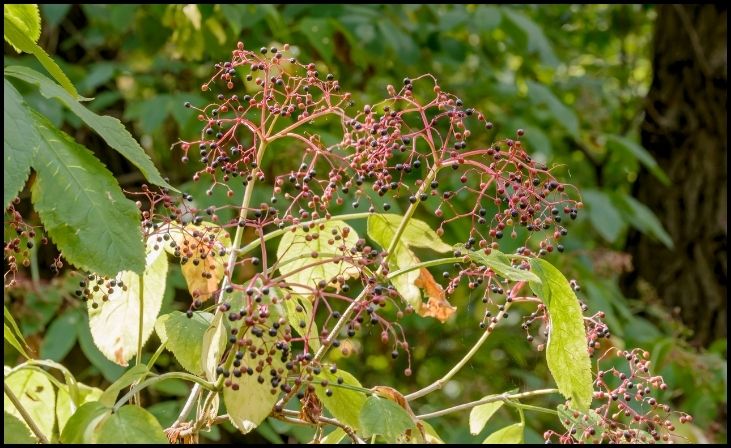
Elderberries are a favorite of bluebirds due to their nutrient-rich berries, especially during late summer and fall. These berries attract bluebirds and other wildlife, contributing to a diverse ecosystem in your yard. Elderberry shrubs are easy to grow and provide both food and shelter for bluebirds, making them an excellent choice for creating a wildlife-friendly habitat.
Elderberries, scientifically known as Sambucus, are highly sought after by bluebirds for their nutritious berries and dense foliage. These shrubs play a crucial role in attracting bluebirds and supporting a thriving ecosystem in your yard. The nutrient-rich berries of elderberries provide bluebirds with essential sustenance, particularly during late summer and fall when food sources may become scarce. Additionally, the dense foliage of elderberry shrubs offers shelter and nesting opportunities, making them an integral part of a bird-friendly landscape.
Dogwood (Cornus)
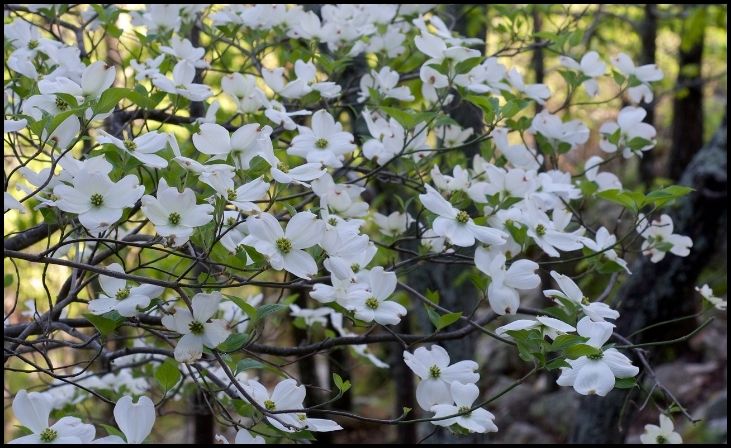
Dogwood trees attract bluebirds with their spring blooms and fall berries, providing nectar for pollinators and a food source for birds. Bluebirds are drawn to dogwoods for nesting and foraging, benefiting from the sturdy branches and protective cover they offer. Including dogwoods in your landscape design not only adds beauty but also supports bluebird populations by providing essential resources.
Dogwood trees, scientifically referred to as Cornus, are a favorite of bluebirds due to their seasonal blooms and berry production. Bluebirds are attracted to the nectar-rich flowers of dogwoods in spring, providing sustenance for pollinators and a delightful spectacle for birdwatchers. As the seasons change, the berries that follow become a valuable food source for bluebirds and other birds. Dogwoods’ sturdy branches and protective cover also serve as nesting sites and shelter, making them a valuable addition to any bird-friendly habitat.
Blueberry (Vaccinium)
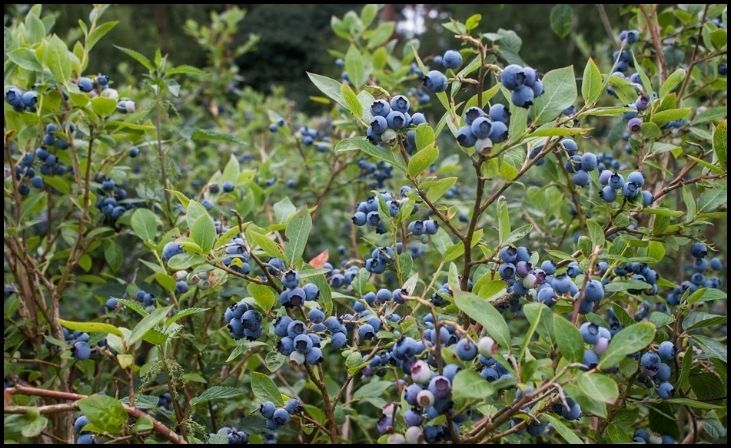
Blueberries are highly attractive to bluebirds, offering a seasonal feast of delicious fruits. Blueberry bushes provide cover, nesting sites, and a continuous supply of food for bluebirds throughout the growing season. Planting a variety of blueberry bushes ensures a prolonged supply of berries, attracting bluebirds and enhancing the biodiversity of your yard.
Blueberries, scientifically known as Vaccinium, are a must-have for bluebird enthusiasts, providing both sustenance and shelter. These bushes offer a bounty of berries that bluebirds find irresistible, contributing to their health and well-being. Blueberry bushes also serve as nesting sites and offer protective cover, creating a conducive environment for bluebirds to thrive. By cultivating a diverse array of blueberry varieties, you can extend the availability of berries and attract bluebirds to your yard year-round.
Honeysuckle (Lonicera)

Certain species of honeysuckle, like trumpet honeysuckle, produce nectar-rich flowers that attract hummingbirds and subsequently bluebirds. These flowers provide nectar for pollinators and a food source for bluebirds, while the dense foliage of honeysuckle vines offers shelter and nesting opportunities. Incorporating honeysuckle into your garden design creates a multi-purpose habitat that benefits a range of bird species, including bluebirds.
Honeysuckle, scientifically referred to as Lonicera, is a favorite among bluebirds for its nectar-rich flowers and dense foliage. These vines attract not only hummingbirds but also bluebirds, creating a bustling ecosystem in your garden. The sweet nectar of honeysuckle flowers provides a valuable food source for bluebirds, encouraging them to visit frequently. Additionally, the dense foliage of honeysuckle vines offers shelter, nesting sites, and a safe environment for bluebirds to forage and rest. Adding honeysuckle to your landscape design enhances its beauty while supporting a diverse array of bird species.
Sunflower (Helianthus)
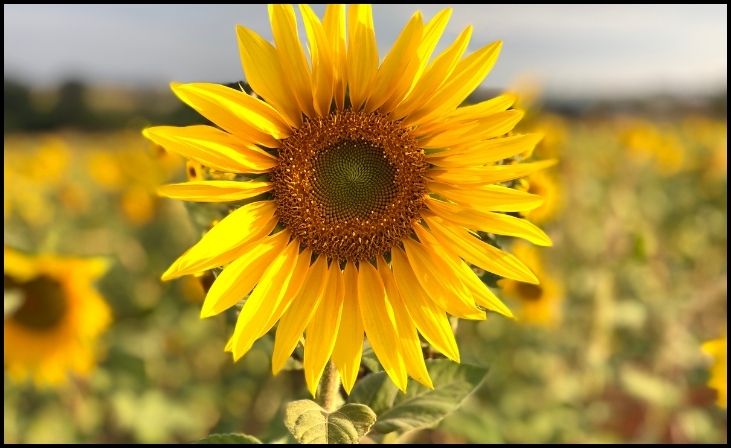
Sunflowers are a magnet for bluebirds due to their large flower heads that produce abundant seeds. Bluebirds find sunflower seeds irresistible, making sunflowers a valuable addition to your yard for attracting these birds. Planting sunflowers in sunny areas not only provides food for bluebirds but also adds a cheerful ambiance to your outdoor space.
Sunflowers, scientifically known as Helianthus, are a delightful treat for bluebirds, offering both visual appeal and sustenance. The large flower heads of sunflowers produce copious seeds that bluebirds eagerly consume, contributing to their nutrition and well-being. Planting sunflowers in strategic locations within your yard attracts bluebirds and adds a vibrant touch to your outdoor landscape. Additionally, sunflowers provide a focal point for birdwatching enthusiasts, allowing them to observe bluebirds and other bird species up close.
Black-Eyed Susan (Rudbeckia)
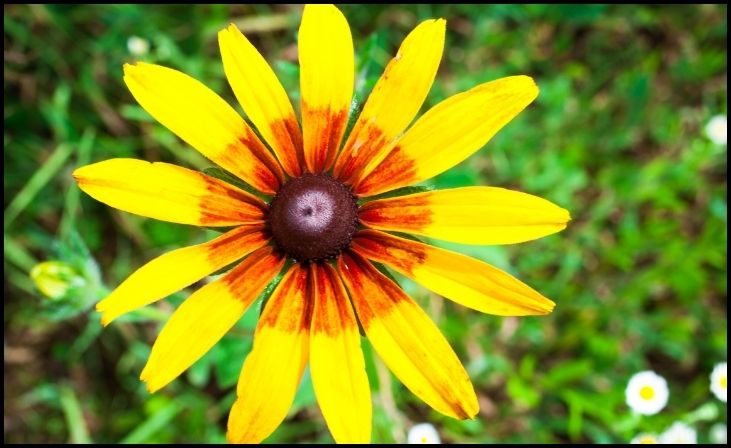
Black-Eyed Susans attract bluebirds by attracting insects, which serve as a food source for these birds. The bright yellow petals and dark centers of Black-Eyed Susans make them visually appealing and attractive to a variety of bird species. These native wildflowers thrive in sunny locations, requiring minimal maintenance once established, making them an excellent choice for bird-friendly landscaping.
Black-Eyed Susans, scientifically referred to as Rudbeckia, are a favorite among bluebirds for their vibrant blooms and insect-attracting properties. These native wildflowers create a buzz of activity in your yard, attracting insects that bluebirds eagerly feed on. The bright yellow petals and dark centers of Black-Eyed Susans add a splash of color to your outdoor space, enhancing its beauty while supporting a diverse bird population. Incorporating these wildflowers into your landscaping not only attracts bluebirds but also promotes a healthy ecosystem teeming with life.
For More- DISCOVER THE 9 OF THE WORLD’S FUNNIEST BIRDS
Conclusion
In conclusion, incorporating these eight plants into your yard can attract beautiful bluebirds and create a vibrant and wildlife-friendly environment. Each plant offers unique benefits, from providing food sources like berries and nectar to offering shelter and nesting sites for bluebirds. By diversifying your garden with a variety of plants that attract bluebirds, you can enjoy the beauty of these birds while supporting their well-being and contributing to a thriving ecosystem in your own backyard.
FAQs
You can attract bluebirds to your yard by planting trees and shrubs that produce berries, flowers rich in nectar, and dense foliage for shelter and nesting. Providing bird feeders with mealworms or suet can also attract bluebirds, especially during colder months when natural food sources are scarce.
The best time to plant these plants depends on their specific growing requirements. Generally, planting in spring or fall when temperatures are mild and there is adequate moisture in the soil is ideal for most plants. However, you can also consult with local nurseries or gardening experts for region-specific planting recommendations.
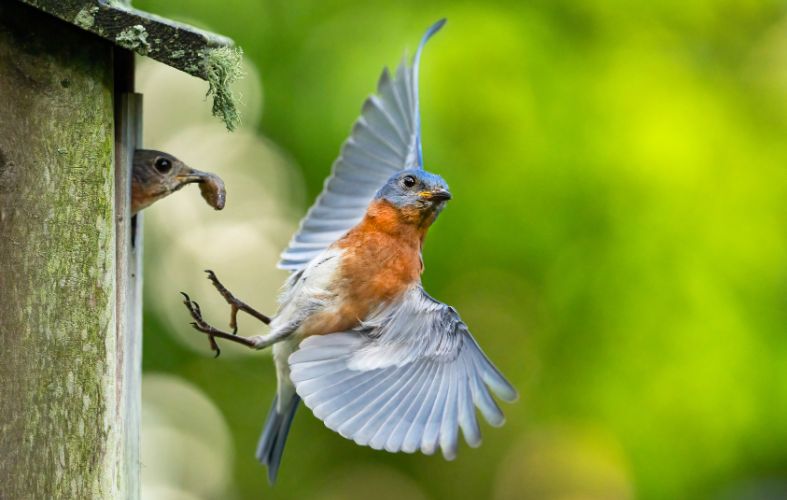
Leave a Reply